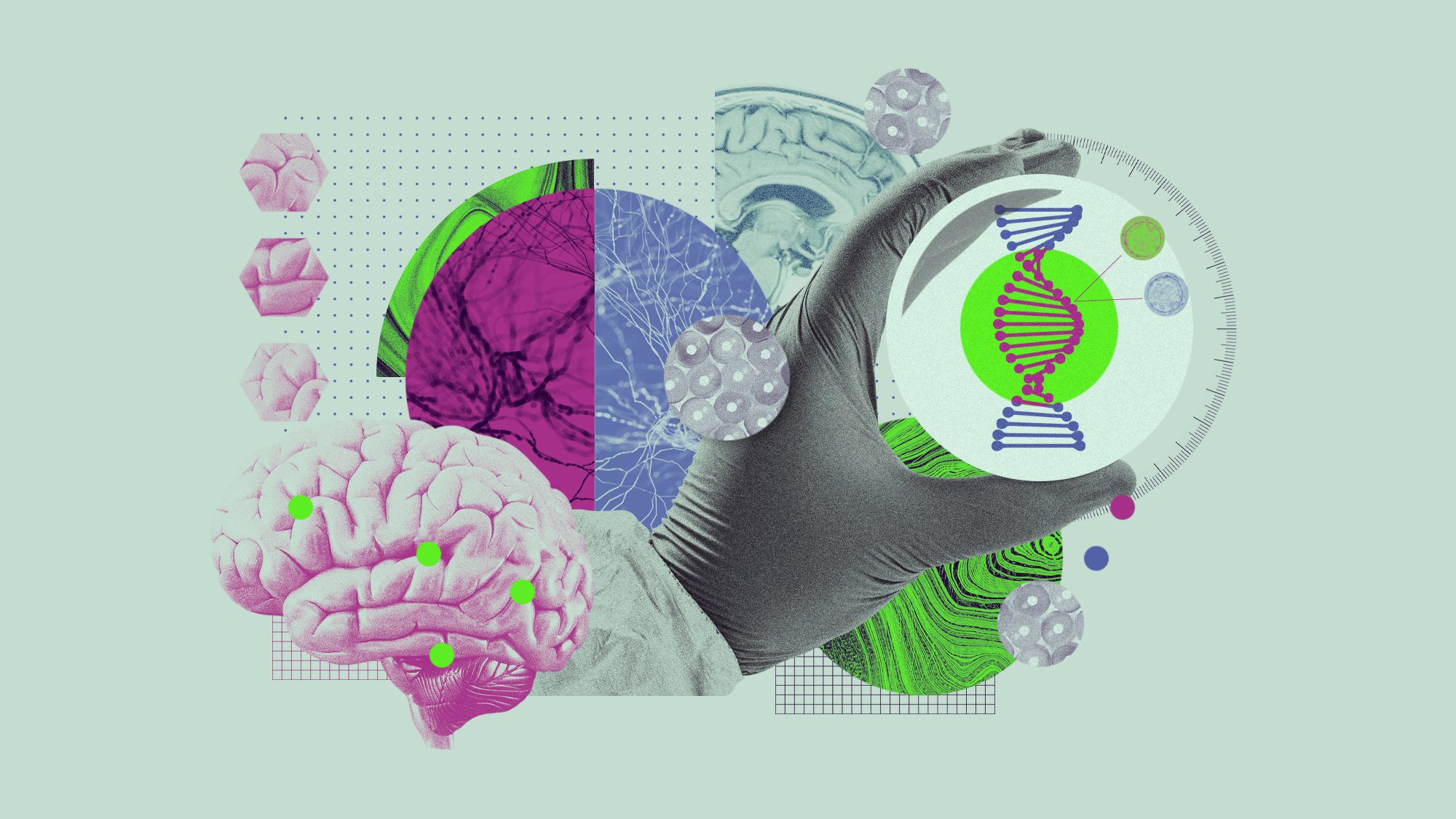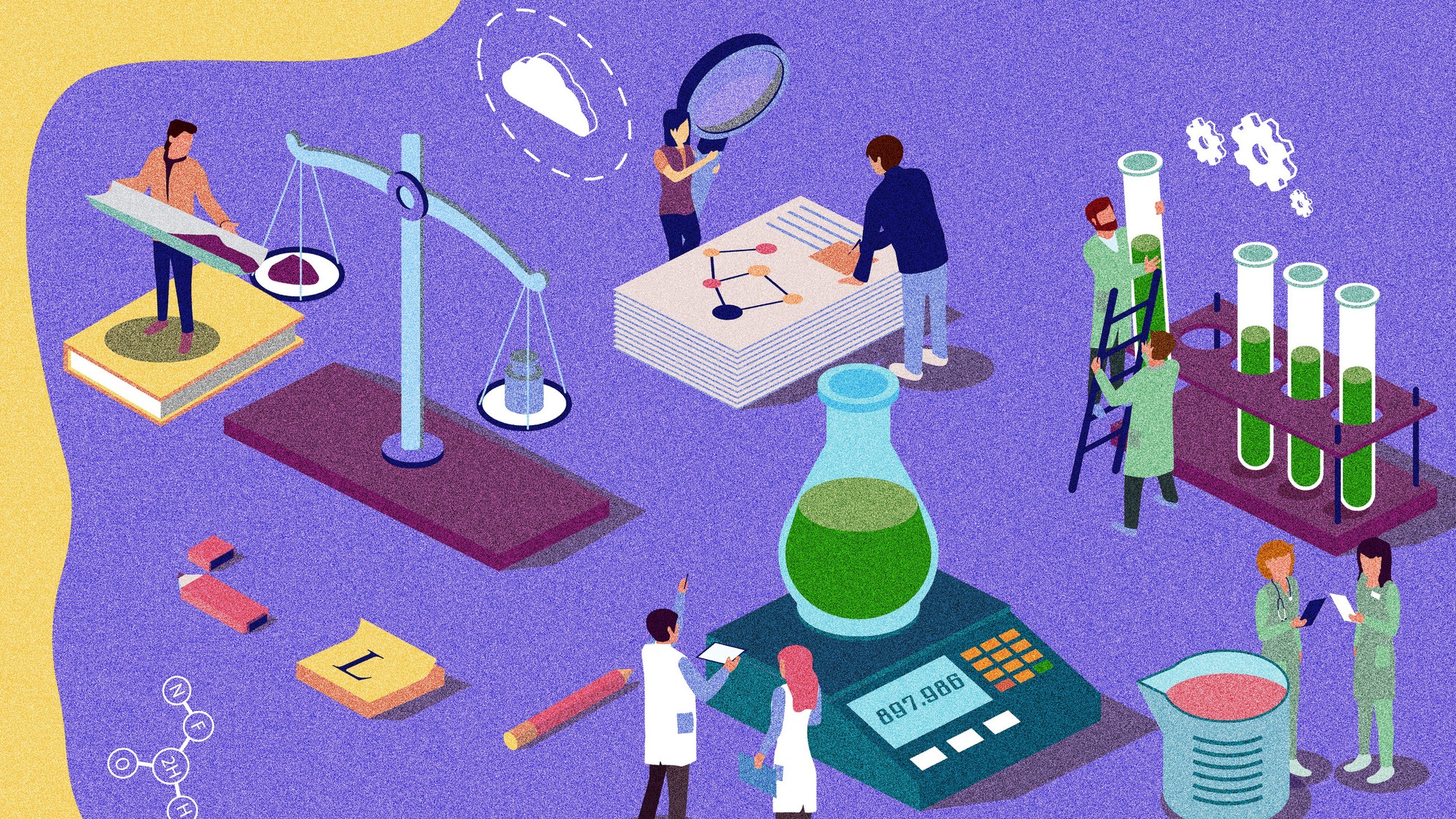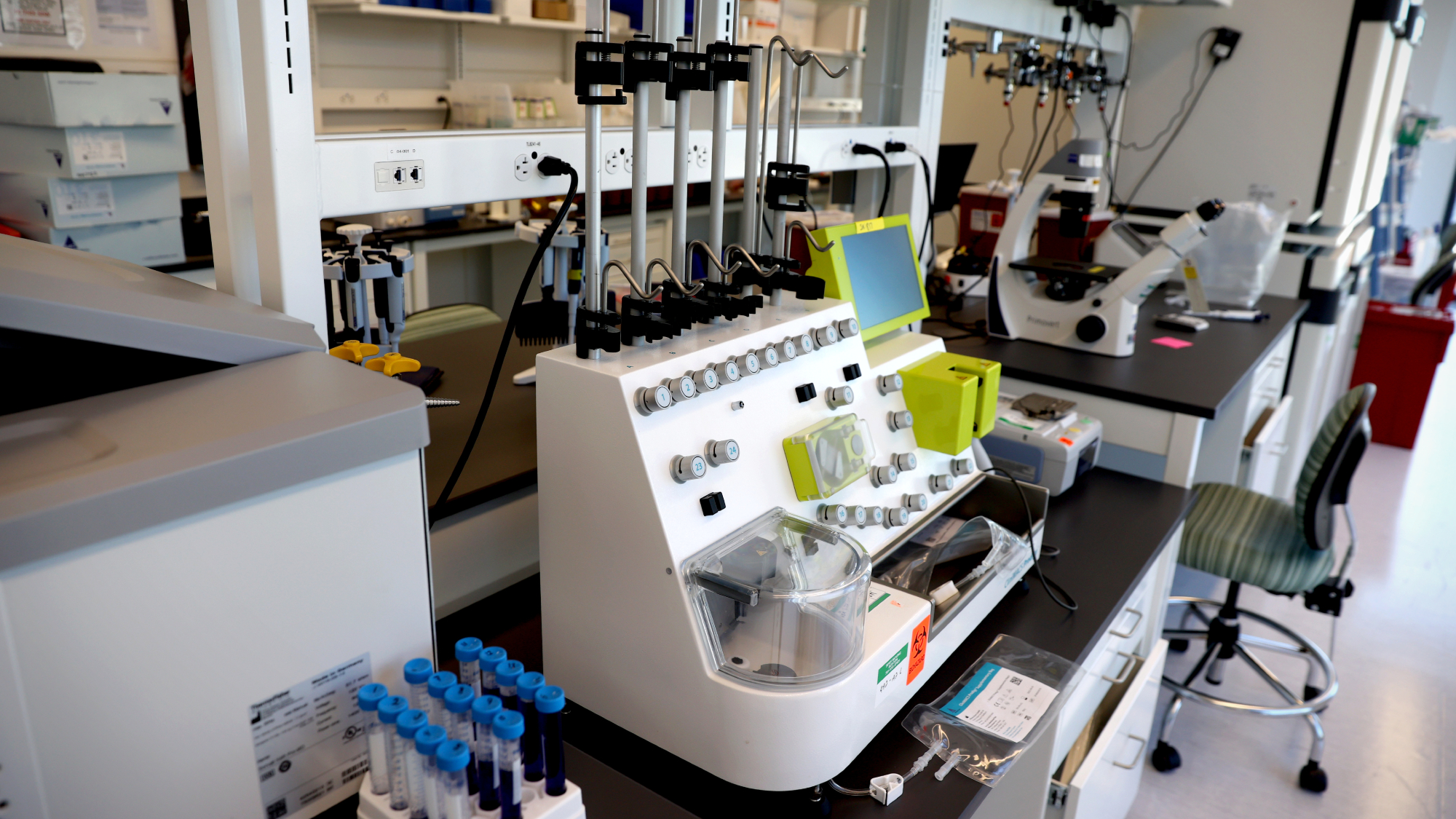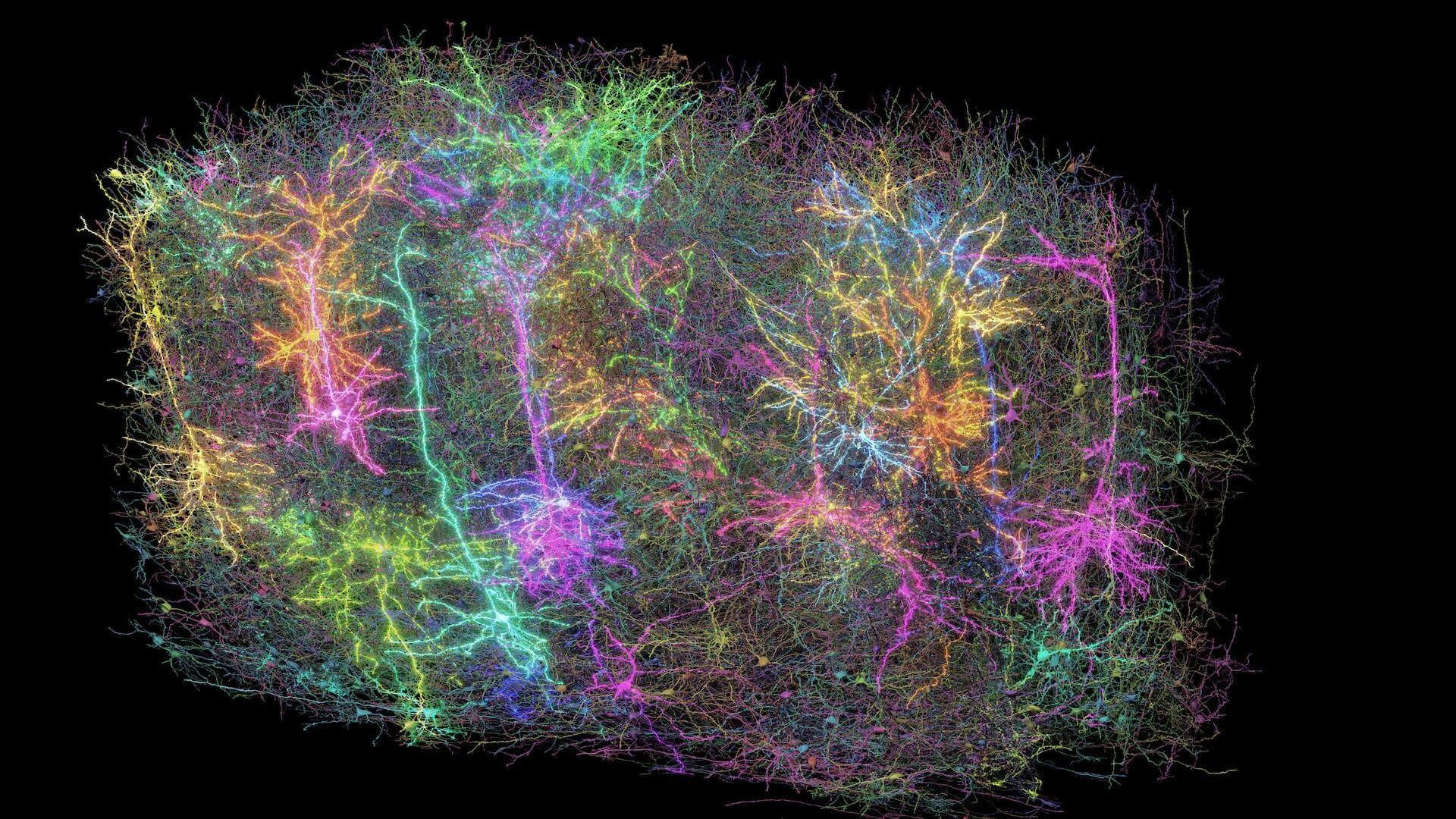Health & Science
Why dementia rates are declining; When to cut the cord; Earth’s microbial trove; Climate change’s costs
Why dementia rates are declining
The odds that an individual will develop Alzheimer’s or dementia are falling, new research suggests—even though the number of U.S. cases is predicted to triple by 2050 as the huge Baby Boomer generation ages. One large study in England and Wales found that dementia rates have dropped 25 percent over the past two decades—a trend that epidemiologists say likely holds true in other developed countries, too. Another study, this one in Denmark, found that people reaching their 90s now are mentally sharper than those who turned 90 a decade ago, suggesting that “more people are living to older ages with better overall functioning,” University of Southern Denmark epidemiologist Kaare Christensen tells BBCNews.com. Researchers believe that the mental condition of the elderly has improved because more people are going to school longer than in generations past, and education seems to help protect against cognitive decline. More people are also receiving treatment for high blood pressure and cholesterol, causing fewer of them to suffer from dementia caused by small strokes. “Aging is malleable,” says Marcel Olde Rikkert of Radboud University in the Netherlands. “People, their lifestyles, and their environments can contribute a lot to the way they age.”
When to cut the cord
The Week
Escape your echo chamber. Get the facts behind the news, plus analysis from multiple perspectives.

Sign up for The Week's Free Newsletters
From our morning news briefing to a weekly Good News Newsletter, get the best of The Week delivered directly to your inbox.
From our morning news briefing to a weekly Good News Newsletter, get the best of The Week delivered directly to your inbox.
Newborns whose doctors cut their umbilical cords right after birth may be missing out on major health benefits. That’s the finding of researchers who gathered data on nearly 4,000 mother-and-baby pairs, and compared outcomes of those whose umbilical cords were clamped right away with those whose cords were clamped more than a minute after birth. Standard medical practice is to cut the cord immediately after an infant is born, a measure thought to reduce the risk of maternal hemorrhaging. But the study found that babies whose cord-cutting was delayed by at least a minute had higher levels of the vital blood protein hemoglobin than babies whose cords were snipped right away. They were also less likely to develop an iron deficiency, and they had higher birth weights thanks to the added infusion of blood traveling through the cord after birth. The study found no evidence that mothers suffer any ill effects from delayed clamping. “We are talking about depriving babies of 30 to 40 percent of their blood at birth—and just because we’ve learned a practice that’s bad,” Eileen Hutton, a professor of obstetrics at McMaster University in Ontario, tells The New York Times.
Earth’s microbial trove
New gene-sequencing technology is allowing researchers to map our planet’s vast array of microbial species for the first time. Microbiologists from the Joint Genome Institute have sequenced the genomes of 201 never-before-studied microbes collected from nine disparate environments, including the ocean, an underground mine in South Dakota, and hot springs in Nevada. There are believed to be millions of microbial species in the world, divided into bacteria and archaea, single-celled microorganisms without nuclei. But because few of these species are easily cultivated in the lab, the vast majority exist as “microbial dark matter” that scientists know almost nothing about. The new study catalogued the genomes of cells from 29 mostly unexplored phyla and revealed the boundaries between bacteria and archaea to be more fluid than previously thought: One bacterial lineage, for instance, uses enzymes that were previously found only in archaea. The new technique opens up “an entirely new level of microbiology,” University of Colorado microbiologist Norman Pace tells Nature.com. “It’s a world we knew was there but we couldn’t get to.”
Climate change’s costs
A free daily email with the biggest news stories of the day – and the best features from TheWeek.com
The U.S. energy supply is ill prepared for the effects of climate change, according to a sobering new report by the Energy Department. The country’s energy infrastructure is already struggling in the face of winds and flooding from intense storms like Hurricane Sandy, as well as drought, wildfires, and excessive heat. Last year was the warmest in the U.S. since consistent record-keeping began, in 1895. The high temperatures forced the shutdown of a nuclear power reactor in Connecticut after its cooling water, pulled from Long Island Sound, became too hot. In the Midwest, low river levels halted barges transporting oil and coal. Lower water levels also reduced the power supplied by California’s hydroelectric dams and may restrict fracking, which requires massive quantities of water to extract oil and natural gas. Climate change “is a very serious problem and it will get worse,” report author Jonathan Pershing tells USA Today. “No part of the country is immune.” Pershing urges electricity providers to start recycling water, building backup systems, and investing in solar and wind energy. “It will cost us tens of billions of dollars to fix the problems,” he says. “But if we don’t, it will cost us hundreds of billions in damage.”
-
 Departure(s): Julian Barnes’ ‘triumphant’ final book blends fact with fiction
Departure(s): Julian Barnes’ ‘triumphant’ final book blends fact with fictionThe Week Recommends The Booker prize-winning novelist ponders the ‘struggle to find happiness and accept life’s ending’
-
 7 lively travel games for adults
7 lively travel games for adultsThe Week Recommends Game on!
-
 Why is the Pentagon taking over the military’s independent newspaper?
Why is the Pentagon taking over the military’s independent newspaper?Today’s Big Question Stars and Stripes is published by the Defense Department but is editorially independent
-
 5 recent breakthroughs in biology
5 recent breakthroughs in biologyIn depth From ancient bacteria, to modern cures, to future research
-
 Bacteria can turn plastic waste into a painkiller
Bacteria can turn plastic waste into a painkillerUnder the radar The process could be a solution to plastic pollution
-
 Scientists want to regrow human limbs. Salamanders could lead the way.
Scientists want to regrow human limbs. Salamanders could lead the way.Under the radar Humans may already have the genetic mechanism necessary
-
 Is the world losing scientific innovation?
Is the world losing scientific innovation?Today's big question New research seems to be less exciting
-
 Breakthrough gene-editing treatment saves baby
Breakthrough gene-editing treatment saves babyspeed read KJ Muldoon was healed from a rare genetic condition
-
 Humans heal much slower than other mammals
Humans heal much slower than other mammalsSpeed Read Slower healing may have been an evolutionary trade-off when we shed fur for sweat glands
-
 Scientists map miles of wiring in mouse brain
Scientists map miles of wiring in mouse brainSpeed Read Researchers have created the 'largest and most detailed wiring diagram of a mammalian brain to date,' said Nature
-
 Scientists genetically revive extinct 'dire wolves'
Scientists genetically revive extinct 'dire wolves'Speed Read A 'de-extinction' company has revived the species made popular by HBO's 'Game of Thrones'